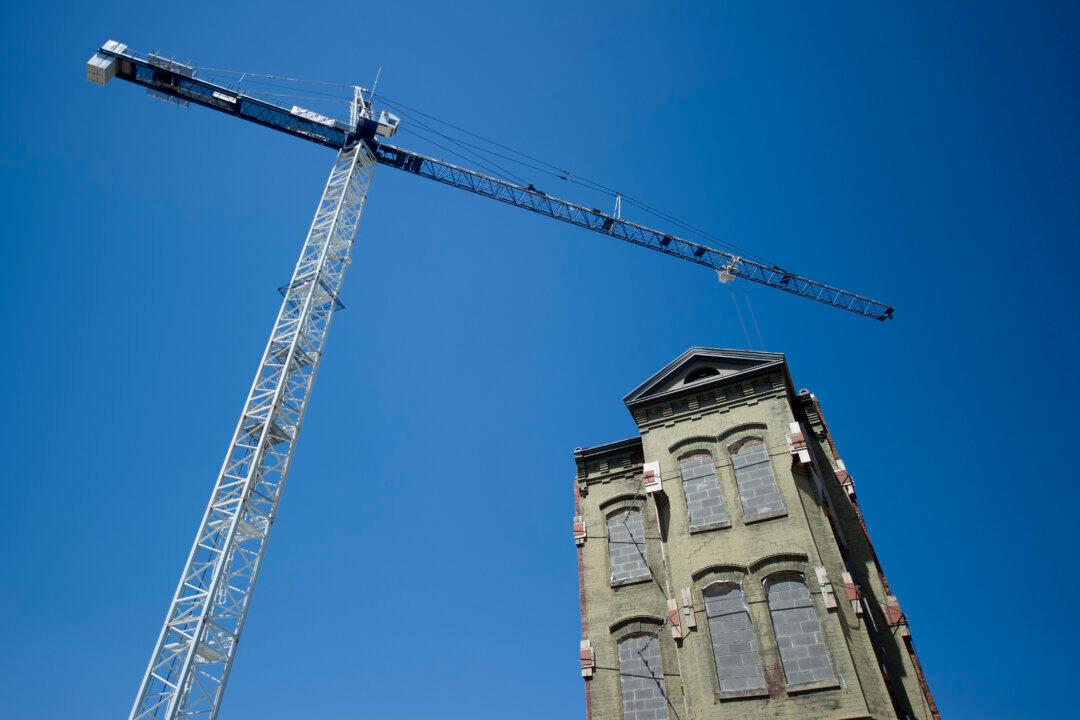The Industrial Revolution was launched in Britain in the early 1800s with the automation of the textile industry, with Germany and the United States following suit.
“Industrialization in America involved three important developments. First, transportation was expanded. Second, electricity was effectively harnessed. Third, improvements were made to industrial processes such as improving the refining process and accelerating production,” according to an article on the About.com website.






